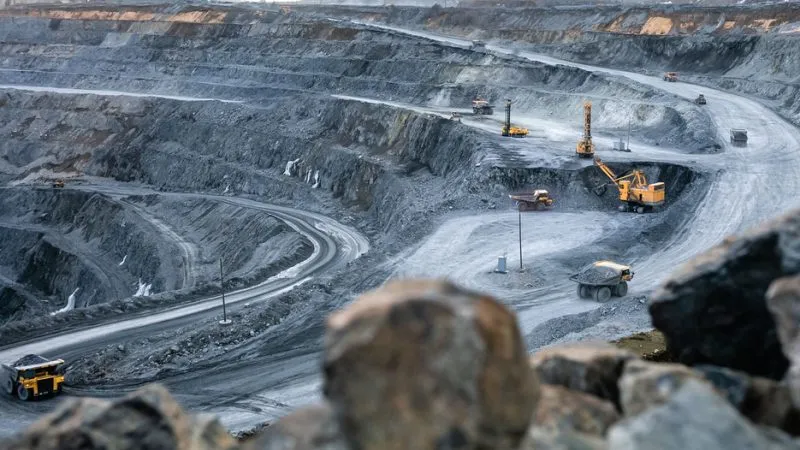The European Commission is expected to publish the Critical Raw Material Act on the 14th of March. According to European Commissioner for Internal Market Thierry Breton, this Act should have the objectives of:
- Focusing on what critical raw materials are the most strategic in terms of economic importance, forecasted supply gaps, and supply concentration.
- Building a more resilient chain of supply and attracting private investment from mining to refining, processing, and recycling.
- Create a European network of raw materials agencies who can use their wealth of knowledge to monitor any disruption risks or price hikes in order to help industry.
- Ensure a strong and sustainable level playing field that guarantees that raw materials in the EU can be internationally competitive and attract private investment.
In light of this anticipated publication, there was an Action Plan on critical raw materials presented in September by the Commission with focus of “Charting a Path towards greater Security and Sustainability”. What critical raw materials are and their importance in relation to the EU net zero emission goals are discussed below.
Raw materials that are economically important and are in short supply are called critical raw materials and are essential to the functioning of a wide variety of industrial ecosystems. A real tangible worry is that the current European transition to net zero could replace the reliance on fossil fuels with a reliance on raw materials, most of which are sourced from abroad. The problem of external dependency and environmental pressures means Europe’s need for autonomy and security is threatened.
The 2020 assessment of critical raw materials screened 83 materials and focused on, economic importance which looks in detail at the allocation of raw materials to end-uses based on industrial applications, and supply risk which looks at the country-level concentration of global production of primary raw materials and sourcing to the EU. One of the materials that had been added since 2017 is lithium which is concerning given the potential need for increased lithium-ion batteries for storage purposes. China provides 98% of the EU’s supply of rare earth elements and South Africa supplies 71% of the EU’s platinum needs.
The report provides a criticality assessment by presenting critical raw materials outlooks for 2030 and 2050 for strategic technologies and sectors. For EV batteries and energy storage for example, the EU would need 18 times more lithium in 2030 and 15 times more cobalt in 2050, relative to current supply in EU economy. Without addressing the resource implications of low carbon technologies, there is a risk of shifting the liability of lowering emissions to other parts of the economic chain and creating new social and environmental problems.
Recycling of raw materials from low-carbon technologies will be essential to transitioning to net zero economy. Making increased use of re-use and re-purposing, and recycling and recovery efficiency will help to extend product lifetimes and cover some share of the EU’s increased raw materials demand. Sourcing what we can from within the EU is key by making the most of the presence of base metals such as zinc and copper as well as industrial minerals in Europe. Mining must take place under environmentally and socially sound conditions in order to remove barriers that exist such as lack of public acceptance of mining and ling national permitting procedures.
In the long to medium term, imports will still be the primary source of critical raw materials due to geological limitations. Free trade agreements with other countries such as Canada and Australia are very important and promote diplomacy to reinforce the resilience of critical supply chains for energy security. The stakes are high and the EU’s success in net zero goals will depend on its ability to secure primary and secondary raw materials in a sustainable way.

